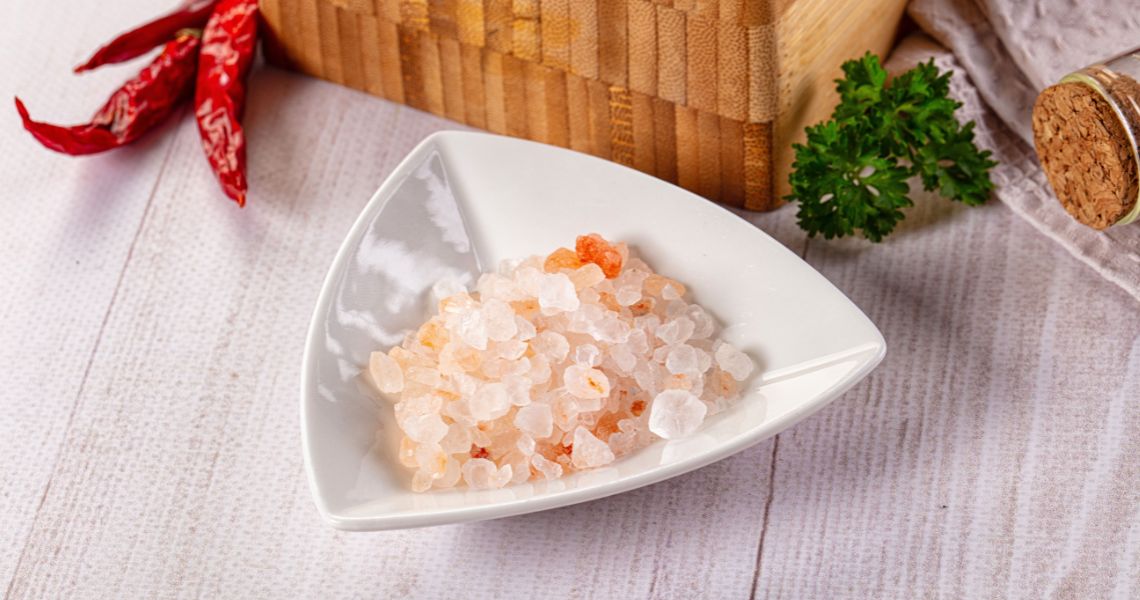Train your palate: tips for discovering and enjoying new flavours
Human taste is based on five fundamental flavours: sweet, salty, sour, bitter and umami. However, culinary creativity and food innovation allow us to go much further. In this article, we explore the characterises of each basic flavour and introduce you to original ways to reinvent them, combine them and impress with them.

What types of flavours are there?
Our taste buds are essential for discovering and enjoying flavours. Officially, there are only five flavours, so it’s important to know them and to know how to innovate and introduce new nuances:
Sweet is activated by sugars such as glucose, fructose, sucrose, etc. It’s one of our favourite flavours because it’s associated with pleasure and satisfaction.
How to innovate with sweet?
- With dried or fermented fruits, such as dried figs, dried mango or fermented pineapple, which add depth and unexpected nuances.
- In new recipes such as rice curry with chicken, or with chickpeas as a protein. We suggest a sauce made with curry, coconut milk and mango.
- With exotic fruits or desserts like lychee or novelty desserts like mochis. You choose the flavour!

Saltiness is perceived when the receptors in the tongue detect mineral salts, especially sodium chloride, i.e. common salt.
Other ways to enjoy savoury food
- We can introduce different types of salt, such as Himalayan pink salt, smoked salt or salt mixtures with spices. Or different textures, such as salt flakes.
- A healthy focaccia allows us to move away from a typical sandwich. It has a mild flavour, but with a lot of character thanks to the aroma and taste of Mediterranean spices. It goes perfectly with sundried tomato, black olives, spiced hummus, caramelised onion or even cashew butter with paprika.
- Vegetable proteins with new flavours: we can include crispy tempeh, spiced seitan or roasted legumes as toppings in savoury dishes to add texture and flavour without resorting to animal products.

Acidity is perceived when the tongue detects hydrogen ions (H2). It’s mainly found in citrus foods such as certain fruits or fermented products like yoghurt.
New ideas for enjoy acidic flavours
We can take advantage of the return to our routine to incorporate new products into our diet. Kombucha is a fantastic option. This fermented beverage has great health benefits, is low in calories and contains natural probiotics and antioxidants. It’s a great alternative to sugary soft drinks.
Bitterness is characterised by a strong and generally unpleasant taste, which at first tends to provoke rejection. The most typical products in which it is found are coffee, pure cocoa and rocket.
Can we innovate with bitterness?
The answer is yes. We recommend ginger for rediscovering this flavour. On top of making teas with this ingredient, you can also introduce it into stews together with cumin and coriander.
Umami is a deep, round, lingering taste found in protein-rich and fermented foods. In Japanese, umami literally means ‘tasty’ or ‘delicious’.
To enjoy this flavour and incorporate it into our dishes, we recommend adding it to a shiitake mushroom broth, to vegetable-based recipes, with rice noodles, and paired with plant-based protein such as tofu or with animal protein such as pork ribs.
What do you think about?
Share comments, opinions and tricks with the Community







